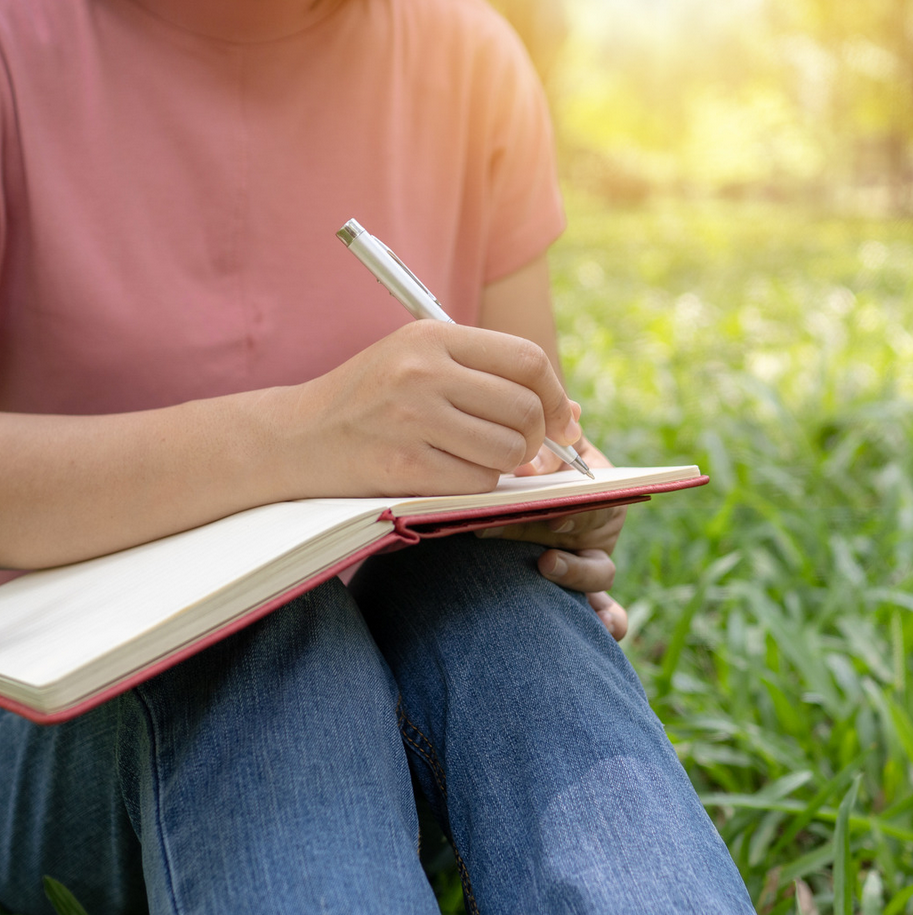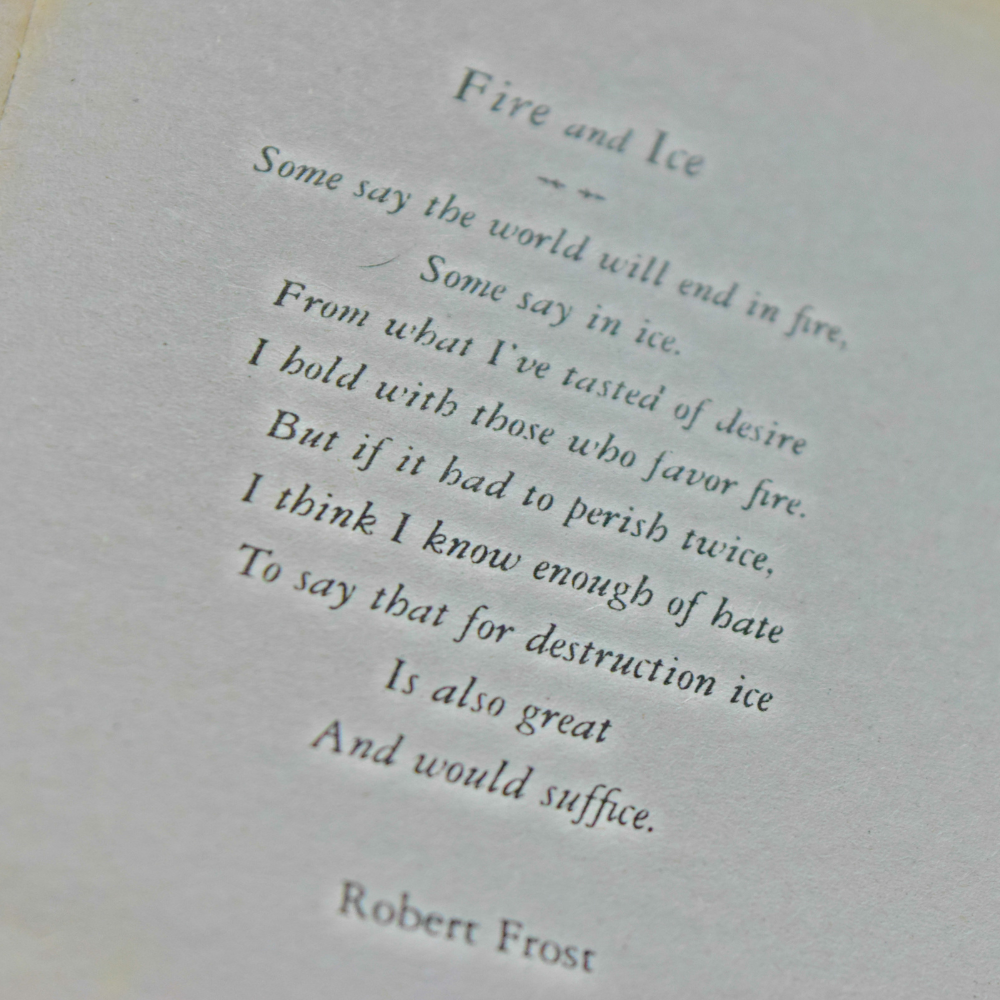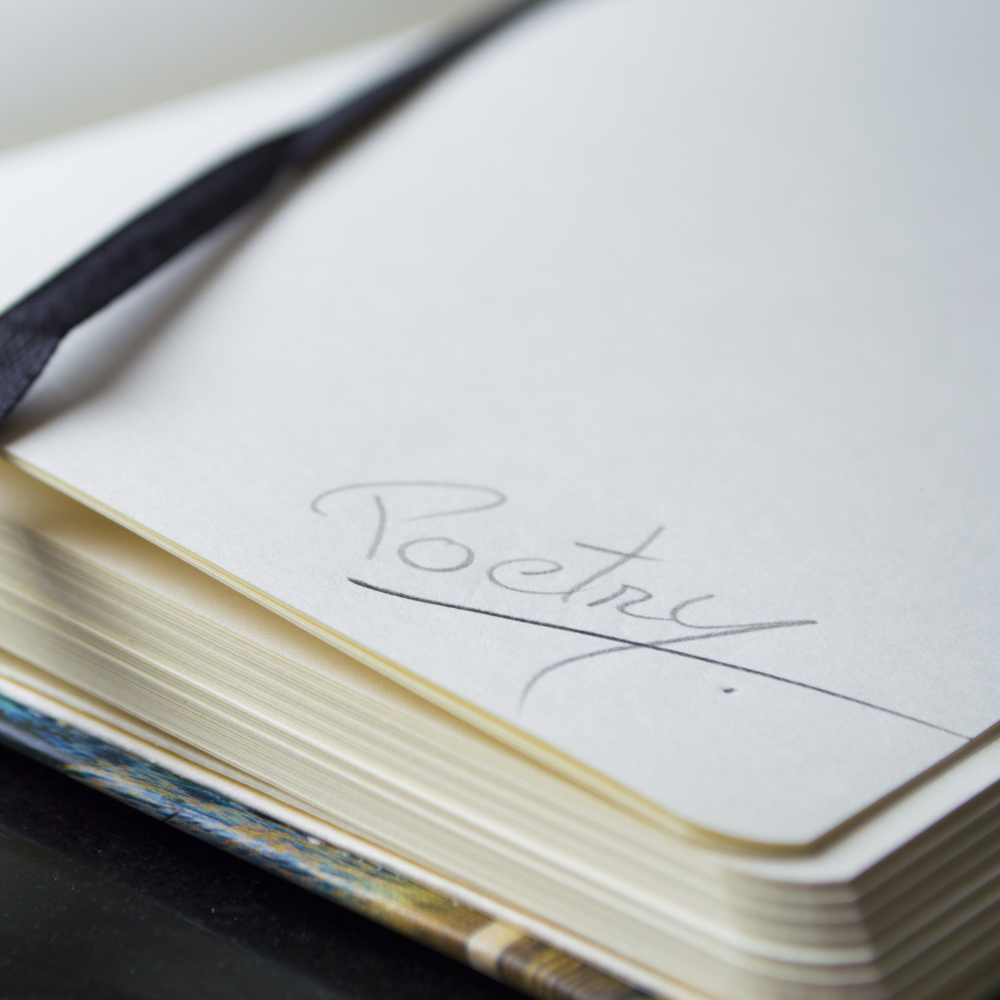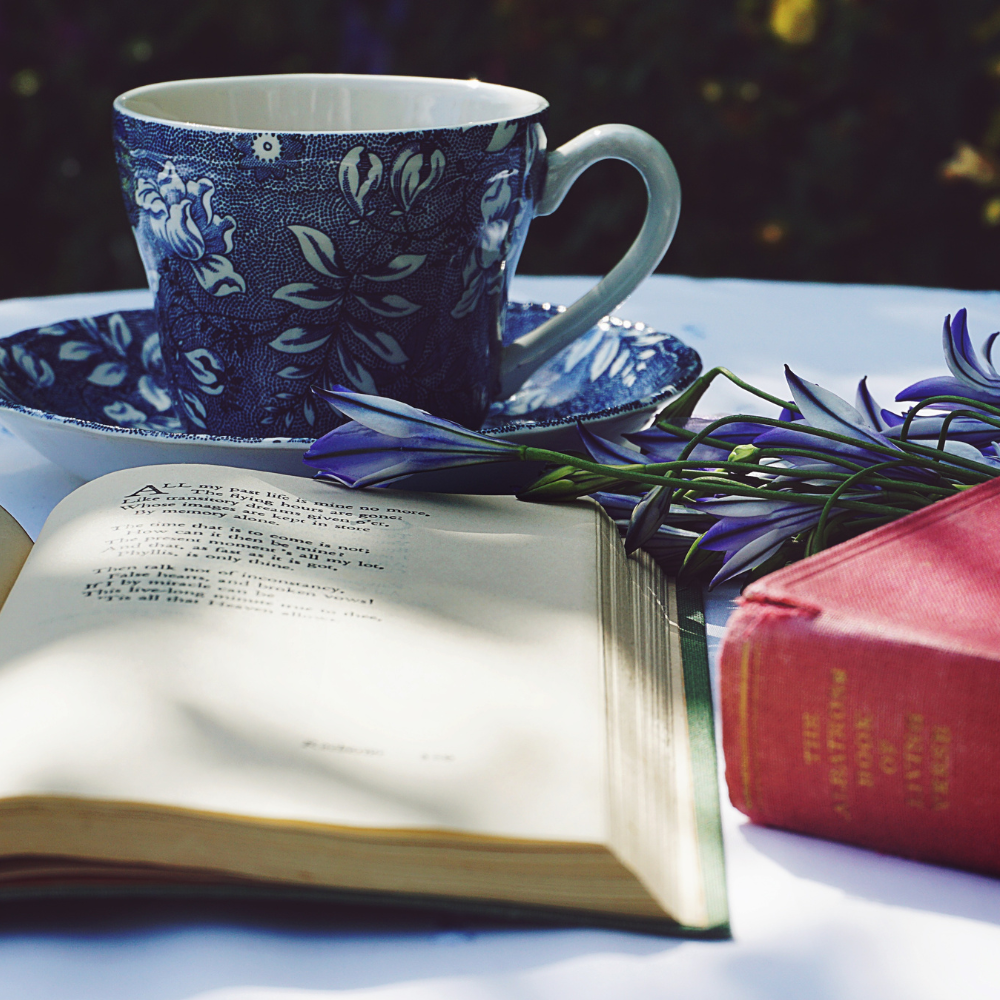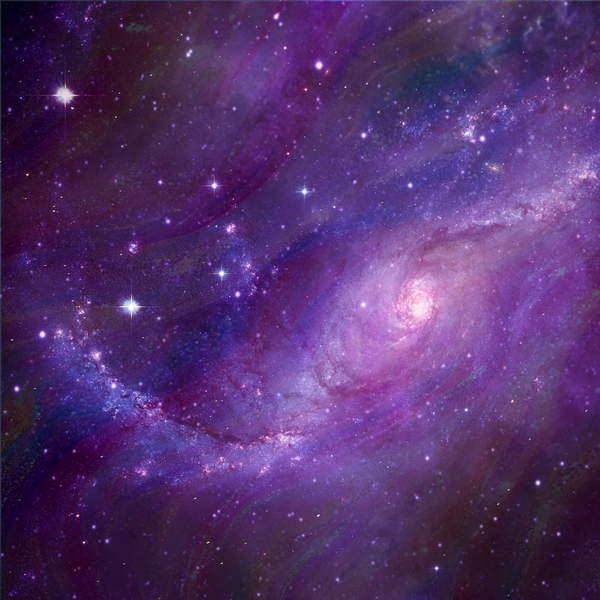Poetry is an art form that has captivated humanity for centuries.
From the ancient Greece epics to the modern free verse poem, poetry has always been a medium for expressing the deepest emotions and ideas.
But how can one explain poetry in a way that captures its essence?
This article aims to provide a comprehensive guide to understanding and explaining poetry, covering its various forms, techniques, and the emotions it evokes.
Key Takeaways:
- Poetry is a unique form of literature that uses language, rhythm, and structure to convey emotions, ideas, and stories.
- Understanding poetry involves exploring its various forms, such as free verse, narrative poetry, and rhymed poetry.
- Techniques like rhyme schemes, line breaks, and metrical patterns are essential to both writing and interpreting poetry.
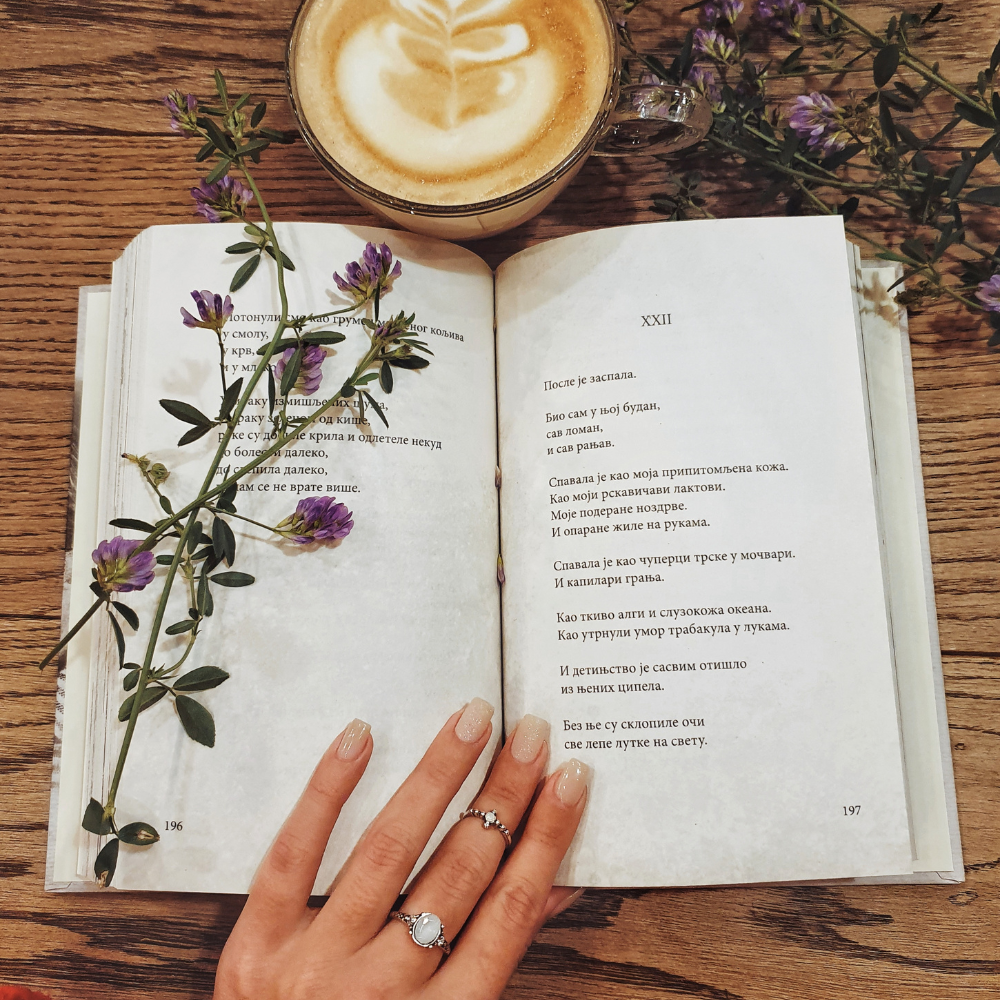

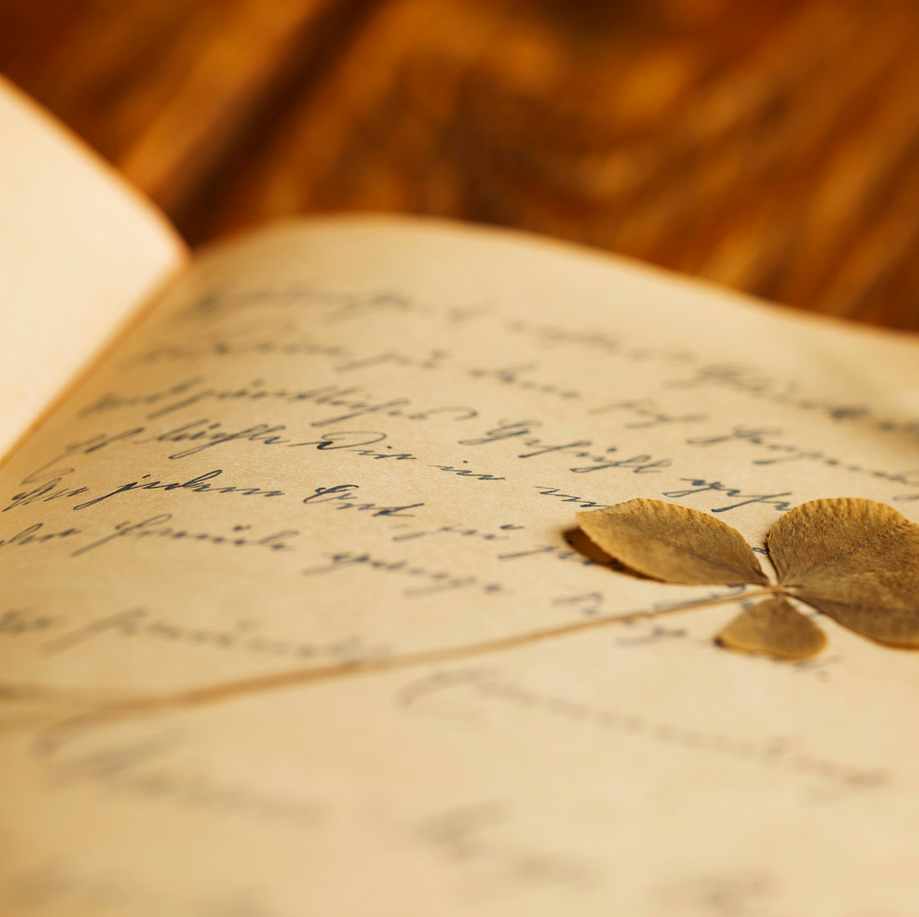
What is Poetry?
At its core, poetry is a form of literature that uses aesthetic and rhythmic qualities of language to evoke meanings beyond the literal.
Unlike prose, which is straightforward and structured in sentences and paragraphs, poetry often employs line breaks, meter, and rhyme to create a musical form.
The best words in the best order, as Samuel Taylor Coleridge famously said, is a simple definition of poetry.
Importance of Rhythm and Meter
Rhythm and meter are the heartbeat of poetry.
They give poems their musical quality and help to convey emotions and ideas.
For example, iambic pentameter, a metrical pattern used by many poets like William Wordsworth and John Milton, consists of five pairs of unstressed and stressed syllables.
This pattern creates a rhythm that can be both soothing and powerful, making the poem more engaging when read aloud.
Exploring Different Forms of Poetry
Are you ready to dive into the enchanting world of poetry?
From the liberating flow of free verse to the captivating tales of narrative poetry and the melodic charm of rhymed poetry, each form offers a unique way to express and experience the beauty of language.
Let's explore these different forms of poetry and discover how they can transform words into powerful art.
Free Verse Poetry
Free verse poetry is a form that does not adhere to a consistent rhyme scheme or metrical pattern. This freedom allows poets to experiment with language and structure, creating unique and personal expressions. For instance, the works of Billy Collins often employ free verse to explore everyday life and emotions in a conversational tone.
Narrative Poetry
Narrative poetry tells a story through verse. Unlike other forms, it focuses on characters, settings, and plots, much like a short story or novel. Examples include "The Raven" by Edgar Allan Poe and "The Odyssey" by Homer. Narrative poetry combines the elements of storytelling with the musical form of poetry, making it a compelling way to convey complex tales.
Rhymed Poetry
Rhymed poetry follows a consistent rhyme scheme, where the end sounds of successive lines match. This form can be found in sonnets, limericks, and many traditional poems. Rhyming couplets, where two successive lines rhyme, are a common feature. The use of rhyme adds a musical quality to the poem, making it more memorable and enjoyable to read.

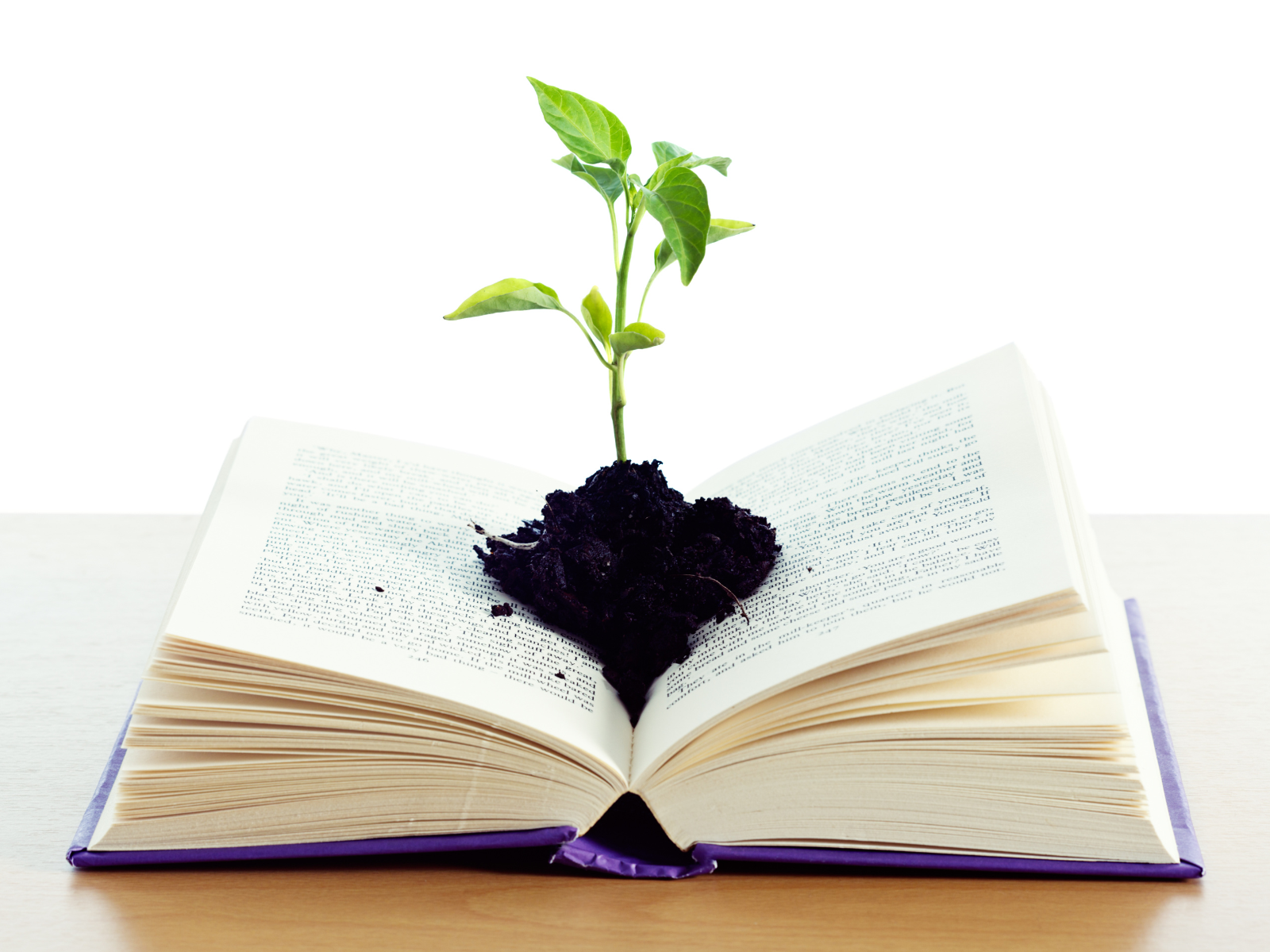
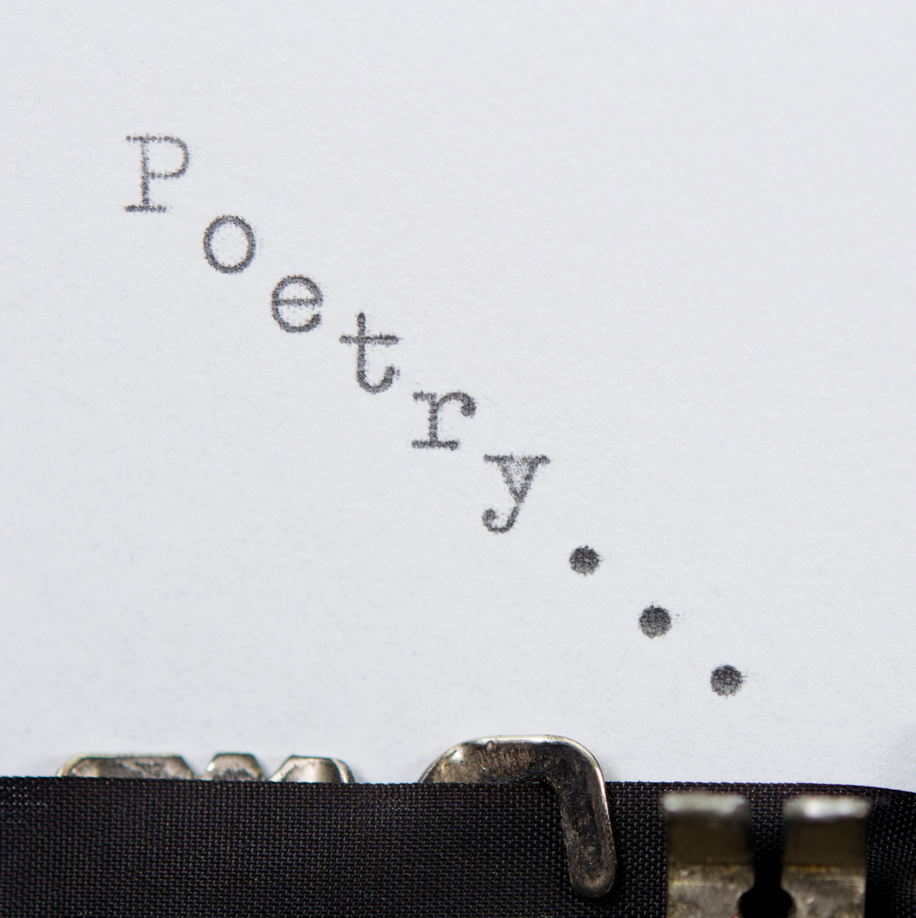
Role of Line Breaks
Line breaks are a crucial element in poetry.
They can create pauses, emphasize certain words or phrases, and affect the poem's rhythm.
For example, in Emily Dickinson's poetry, line breaks often create a sense of hesitation or contemplation, adding depth to her exploration of life and emotions.
Power of Imagery
Imagery is the use of vivid and descriptive language to create mental images for the reader.
It appeals to the senses and helps to convey the poet's emotions and ideas.
For instance, in William Wordsworth's "I Wandered Lonely as a Cloud," the imagery of daffodils dancing in the breeze evokes a sense of peace and joy.
Use of Symbolism
Symbolism involves using symbols to represent ideas or concepts.
In poetry, symbols can be objects, characters, or events that carry deeper meanings.
For example, in Robert Frost's "The Road Not Taken," the two roads symbolize the choices we face in life, and the poem explores the impact of those choices.
Significance of Sound
Sound plays a vital role in poetry.
Techniques like alliteration, where the same letter or sound is repeated at the beginning of words, and internal rhymes, where words within a line rhyme, create a musical quality.
Vowel sounds and consonant sounds can also affect the poem's mood and tone.
For example, the soft vowel sounds in "Ode to a Nightingale" by John Keats create a sense of melancholy and longing.
Influence of Literary Theory
Literary theory provides various lenses through which to analyze and interpret poetry.
For example, formalist theory focuses on the formal elements of the poem, such as structure, meter, and rhyme.
In contrast, reader-response theory emphasizes the reader's interpretation and emotional response.
Understanding these theories can deepen one's appreciation of poetry.
Evolution of Poetry
Poetry has evolved over the centuries, reflecting changes in society, culture, and language.
From the structured sonnets of the sixteenth century to the free verse of modern times, poetry has adapted to express the ever-changing human experience.
This evolution is evident in the works of poets like John Milton, who used blank verse to explore complex themes, and Emily Dickinson, whose innovative use of form and punctuation challenged traditional conventions.
Emotional Impact of Poetry
Poetry has the power to evoke a wide range of emotions, from joy and love to sorrow and despair.
This emotional impact is achieved through the poet's choice of words, imagery, and rhythm.
For example, the haiku, a traditional Japanese form with a syllable pattern of five syllables, seven syllables, and five syllables, often captures a moment in nature and evokes a sense of tranquility and reflection.
Role of Poetry in Society
Poetry has always played a significant role in society, serving as a means of expression, communication, and reflection.
It has been used to celebrate victories, mourn losses, and inspire change.
For example, during the civil rights movement, poets like Langston Hughes used their work to highlight social injustices and advocate for equality.
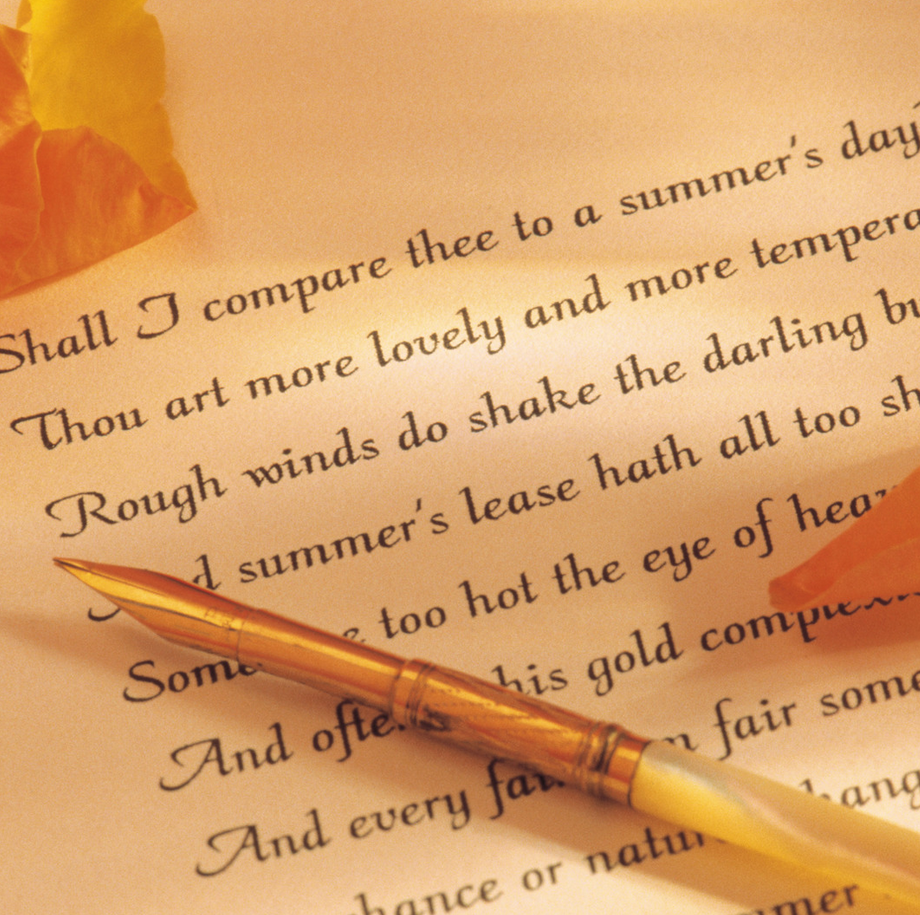
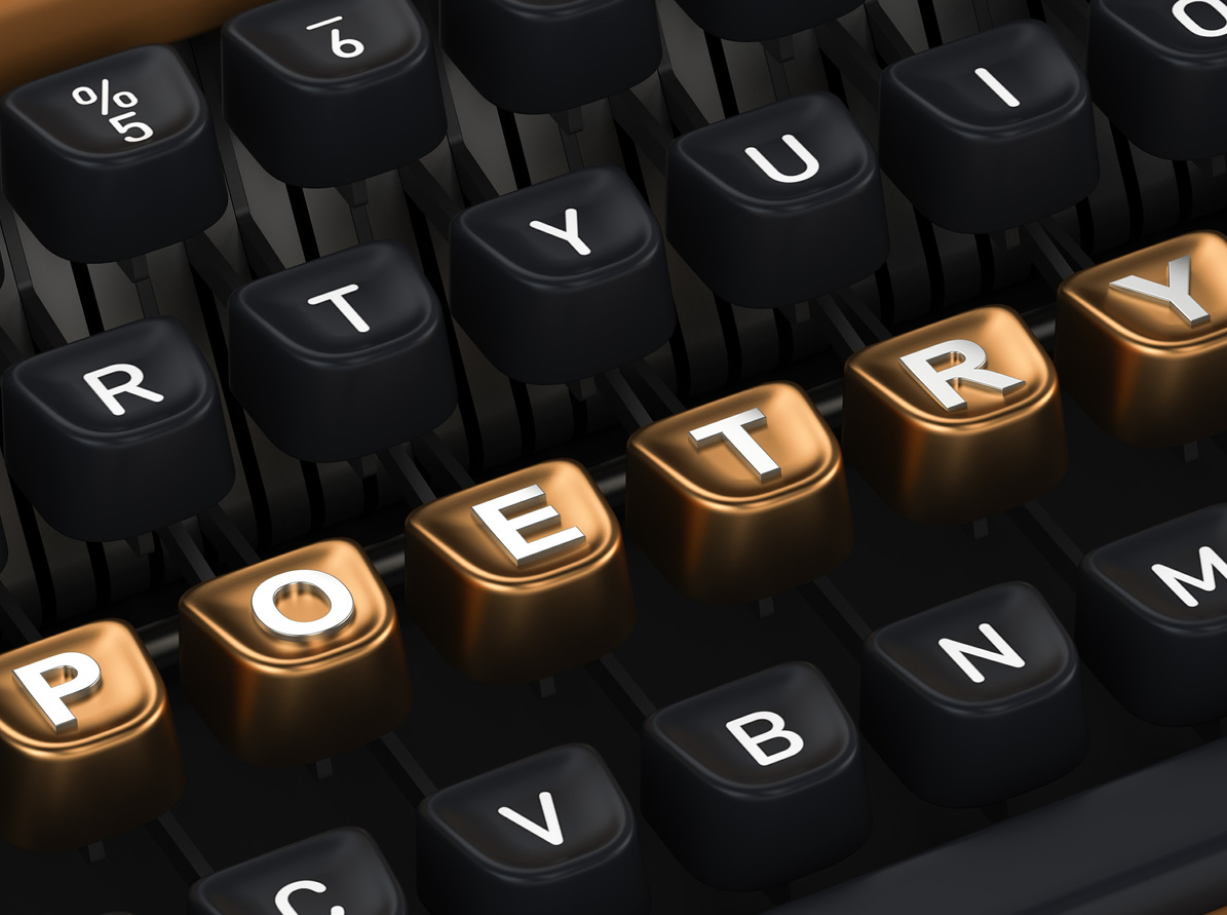
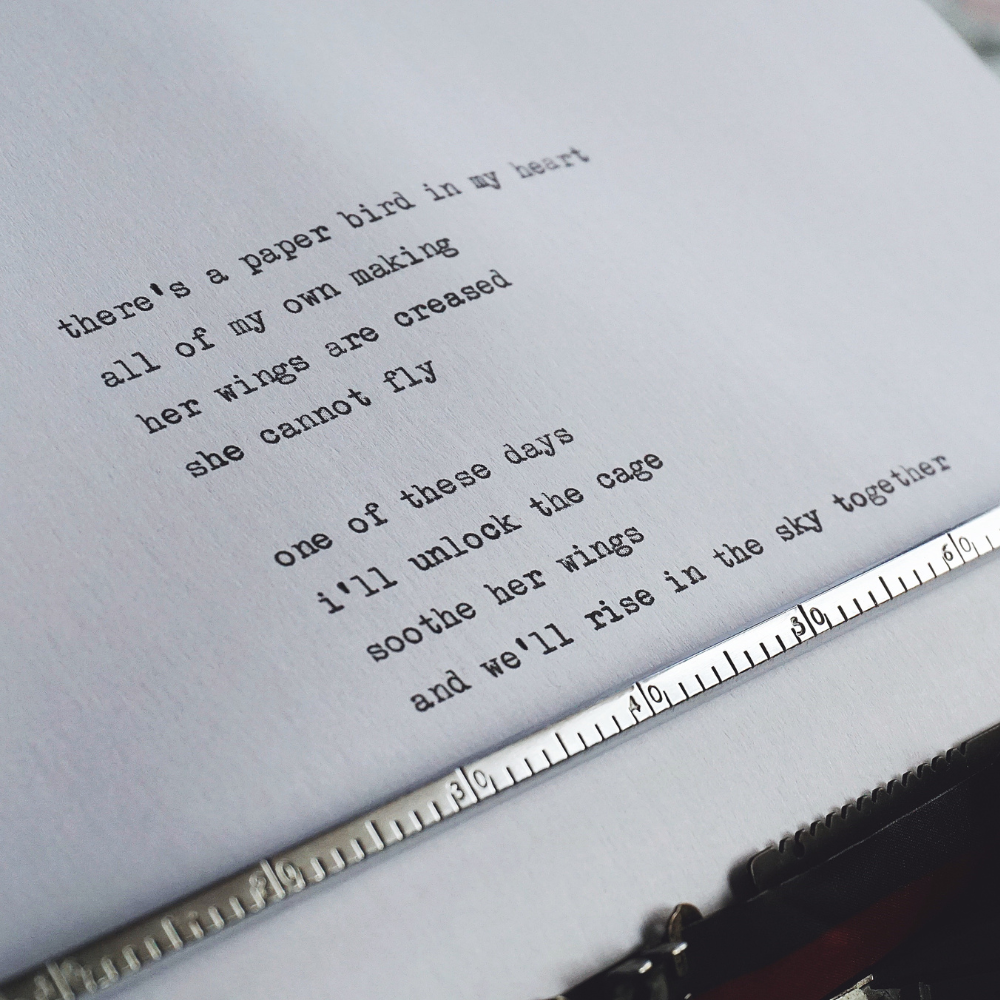
Connection Between Poetry and Music
Poetry and music share a deep connection, with both forms using rhythm, sound, and structure to convey emotions and tell stories.
Many poets, like Bob Dylan, have blurred the lines between poetry and song, creating works that resonate with audiences in both literary and musical contexts.
This connection is evident in the use of consistent rhyme schemes and metrical patterns, which create a musical quality in the poem.
Art of Writing Poetry
Writing poetry is an art that requires creativity, skill, and practice.
It involves choosing the right words, crafting vivid imagery, and creating a rhythm that enhances the poem's meaning.
Many poets find inspiration in the natural world, personal experiences, and emotions. For example, William Wordsworth's poetry often draws on his love of nature and his reflections on life.
Importance of Reading Aloud
Reading poetry aloud is essential for fully appreciating its rhythm, sound, and emotional impact.
The act of reading aloud brings the poem to life, allowing the reader to experience its musical quality and nuances.
For example, the iambic pentameter in Shakespeare's sonnets becomes more apparent and impactful when read aloud.
Influence of Historical Context
The historical context in which a poem is written can significantly influence its themes, language, and style.
For example, the Romantic poets of the nineteenth century, like William Wordsworth and Samuel Taylor Coleridge, were influenced by the political and social upheavals of their time, and their work often reflects a longing for nature and simplicity.
Role of Personal Experience
Personal experience is a rich source of inspiration for poets.
Many poets draw on their own lives, emotions, and experiences to create their work.
For example, Sylvia Plath's poetry often explores her struggles with mental illness and her experiences as a woman in a patriarchal society.
Impact of Cultural Influences
Cultural influences play a significant role in shaping a poet's work.
Different cultures have their own poetic traditions, forms, and themes.
For example, the haiku, a traditional Japanese form, often focuses on nature and the changing seasons, reflecting the Japanese appreciation for the natural world.
Use of Metaphor and Simile
Metaphor and simile are powerful tools in poetry, allowing poets to create vivid and imaginative comparisons.
A metaphor directly compares two things, while a simile uses "like" or "as" to make the comparison.
For example, in Robert Frost's "The Road Not Taken," the road is a metaphor for life's choices, and the poem explores the impact of those choices.
Role of Emotion in Poetry
Emotion is at the heart of poetry.
Poets use language, imagery, and rhythm to convey their feelings and evoke an emotional response in the reader.
For example, in "Do Not Go Gentle into That Good Night" by Dylan Thomas, the poet's use of repetition and powerful imagery conveys a sense of urgency and defiance in the face of death.
Connection Between Poetry and Philosophy
Poetry and philosophy often intersect, with poets exploring philosophical themes and questions through their work.
For example, the poetry of John Donne often delves into themes of love, death, and the nature of existence, blending poetic language with philosophical inquiry.
Role of Form and Structure
Form and structure are essential elements of poetry, shaping the way a poem is presented and experienced.
Different forms, such as sonnets, haikus, and free verse, have their own rules and conventions.
For example, a sonnet typically consists of 14 lines with a specific rhyme scheme and metrical pattern, while a haiku follows a syllable pattern of five syllables, seven syllables, and five syllables.
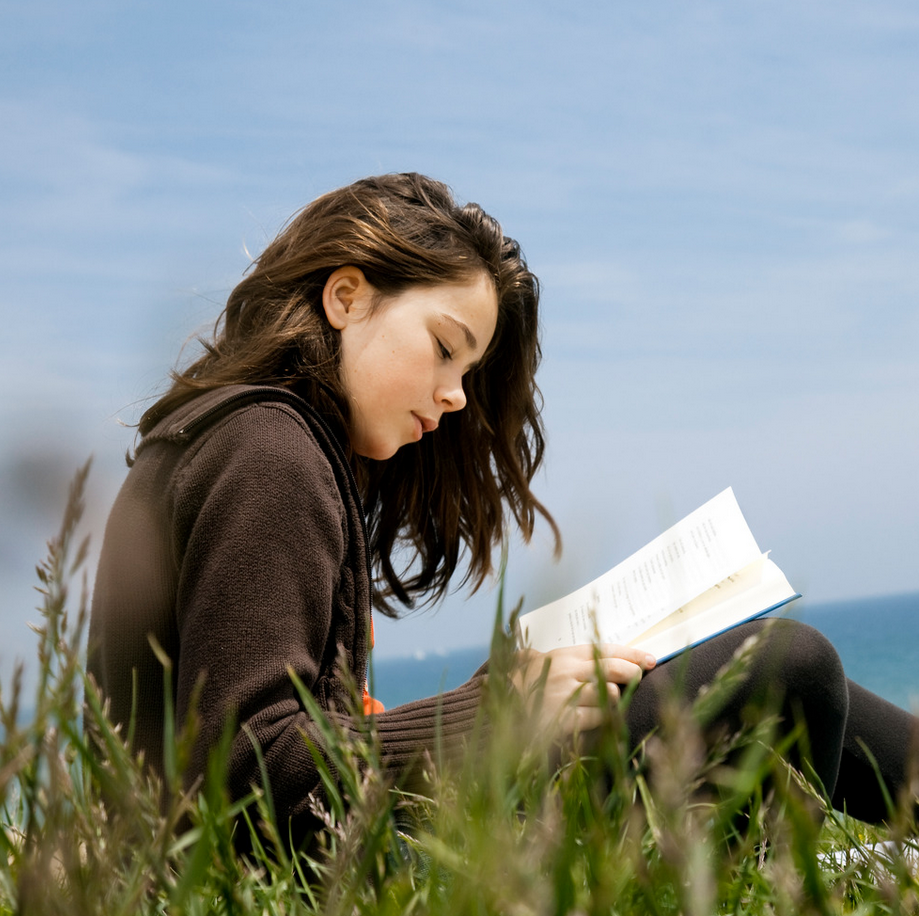


Influence of Nature in Poetry
Nature has always been a significant source of inspiration for poets.
The natural world provides a rich tapestry of imagery, symbolism, and themes.
For example, in "Lines Composed a Few Miles Above Tintern Abbey," William Wordsworth reflects on the beauty and tranquility of nature and its impact on his soul.
Role of Language in Poetry
Language is the medium through which poets express their ideas and emotions.
The choice of words, their arrangement, and their sound all contribute to the poem's overall effect.
For example, in "The Love Song of J. Alfred Prufrock" by T.S. Eliot, the poet's use of language creates a sense of fragmentation and disillusionment, reflecting the modernist themes of the poem.
Impact of Poetry on the Reader
Poetry has the power to move, inspire, and challenge readers.
It can evoke a wide range of emotions, provoke thought, and offer new perspectives.
For example, the poetry of Maya Angelou often explores themes of identity, resilience, and empowerment, resonating with readers on a deep and personal level.
Role of Interpretation in Poetry
Interpretation is a crucial aspect of understanding poetry.
Each reader brings their own experiences, emotions, and perspectives to a poem, resulting in multiple interpretations.
For example, the ambiguity and complexity of T.S. Eliot's "The Waste Land" have led to numerous interpretations, each offering a different insight into the poem's meaning.
Connection Between Poetry and Art
Poetry and visual art often intersect, with poets drawing inspiration from paintings, sculptures, and other forms of art.
For example, the ekphrastic poem, which describes or responds to a work of art, allows poets to explore the relationship between visual and verbal expression.
John Keats' "Ode on a Grecian Urn" is a famous example of an ekphrastic poem.
Role of Tradition in Poetry
Tradition plays a significant role in shaping poetic forms, themes, and styles.
Poets often draw on traditional forms and conventions, while also pushing boundaries and experimenting with new techniques.
For example, the sonnet has a long tradition in English literature, with poets like Shakespeare and Petrarch contributing to its development, while modern poets continue to reinvent the form.
Influence of Technology on Poetry
Technology has had a profound impact on poetry, from the printing press to the internet.
The digital age has opened up new possibilities for poets, allowing them to reach wider audiences and experiment with multimedia forms.
For example, digital poetry combines text, images, and sound to create interactive and immersive experiences.
Role of Community in Poetry
Community plays a vital role in the world of poetry.
Poetry readings, workshops, and literary festivals provide opportunities for poets to share their work, receive feedback, and connect with other writers.
For example, the Harlem Renaissance was a vibrant literary movement that brought together African American poets, writers, and artists, fostering a sense of community and cultural pride.
Future of Poetry
The future of poetry is bright, with new voices and forms continuing to emerge.
As society and technology evolve, so too will poetry, reflecting the changing human experience.
For example, spoken word poetry, which combines performance and verse, has gained popularity in recent years, offering a dynamic and engaging way to experience poetry.
Embrace the Power of Poetry
Poetry is more than just words on a page; it's a gateway to the soul, a mirror reflecting the human experience in all its complexity.
By delving into its forms, techniques, and emotional depths, you unlock a world where language dances, stories come alive, and emotions resonate deeply.
Whether you're a seasoned poet or a curious newcomer, embracing the power of poetry can enrich your life, offering new perspectives and a profound connection to the human spirit.
So, pick up a poem, let its rhythm and imagery wash over you, and discover the transformative magic that only poetry can provide.
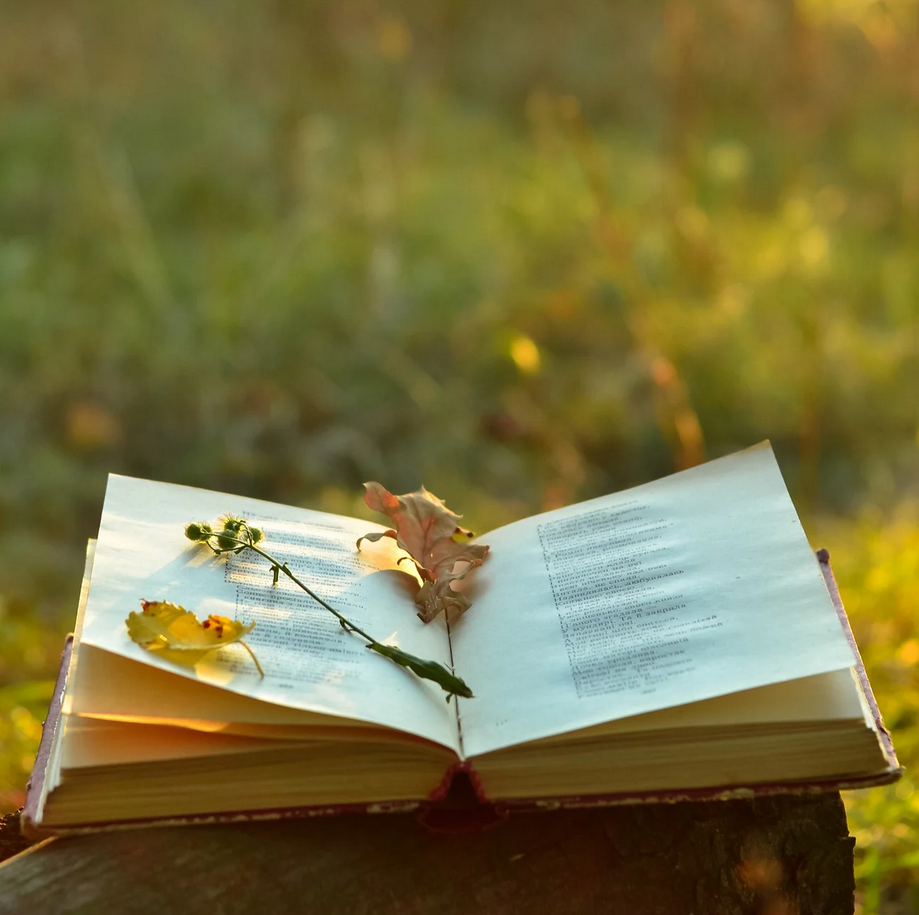
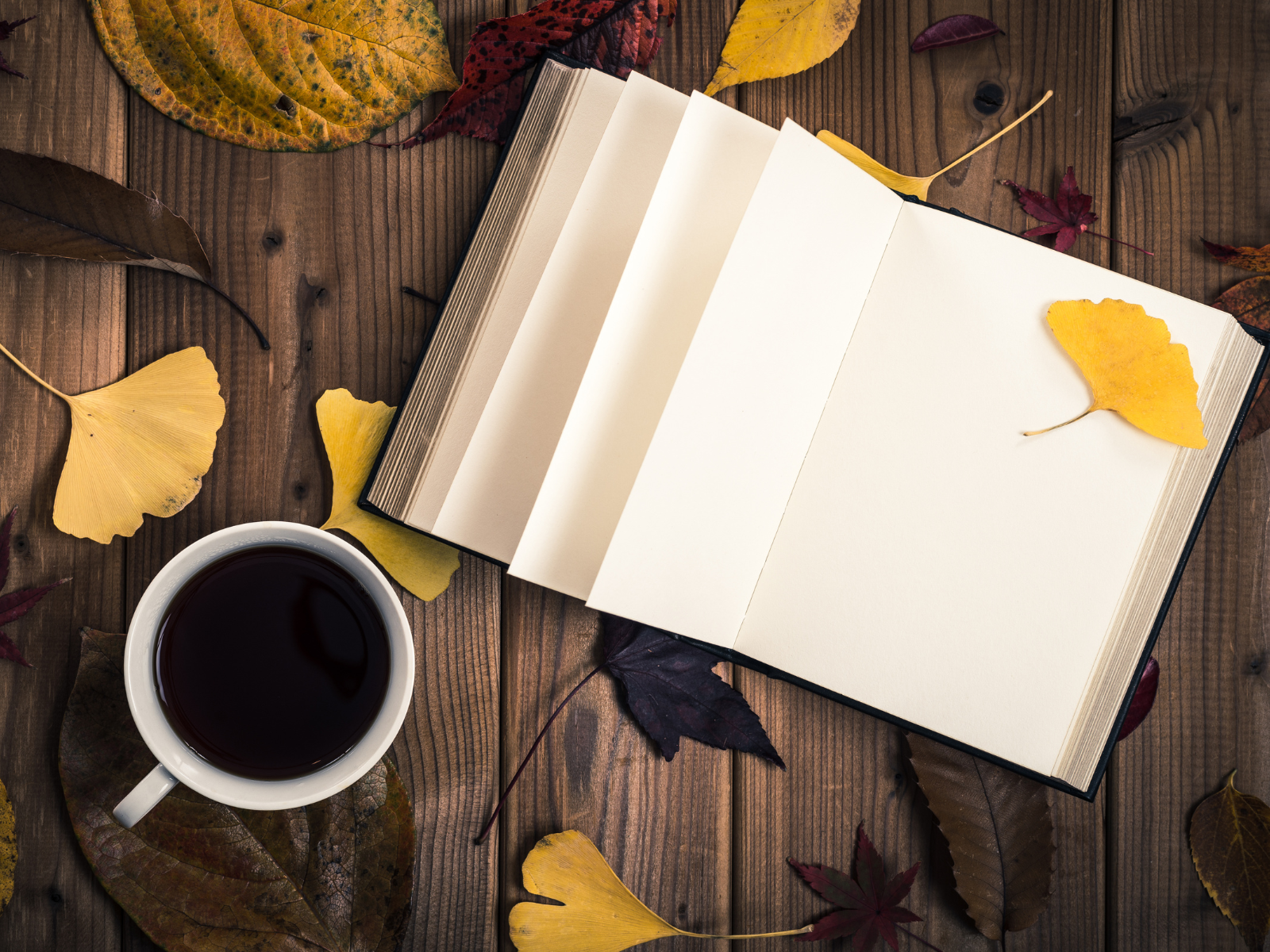

Poetry FAQs
Let's unravel the enchanting world of verse and rhyme!
Whether you're a budding poet or a curious reader, this section is designed to answer your burning questions about poetry.
From understanding its essence to tips on crafting your own poetic masterpieces, we've got you covered.
Dive in and let the magic of poetry inspire you!
What is the simplest way to explain poetry?
Poetry is a form of literature that uses aesthetic and rhythmic qualities of language to evoke meanings beyond the literal. It often employs line breaks, meter, and rhyme to create a musical form and convey emotions and ideas.
How can I start writing poetry?
Start by reading a variety of poems to understand different styles and techniques. Experiment with different forms, such as free verse or sonnets, and focus on expressing your emotions and ideas through vivid imagery and rhythm.
Why is reading poetry aloud important?
Reading poetry aloud brings the poem to life, allowing you to experience its rhythm, sound, and emotional impact. It helps to fully appreciate the musical quality and nuances of the poem, making it more engaging and memorable.

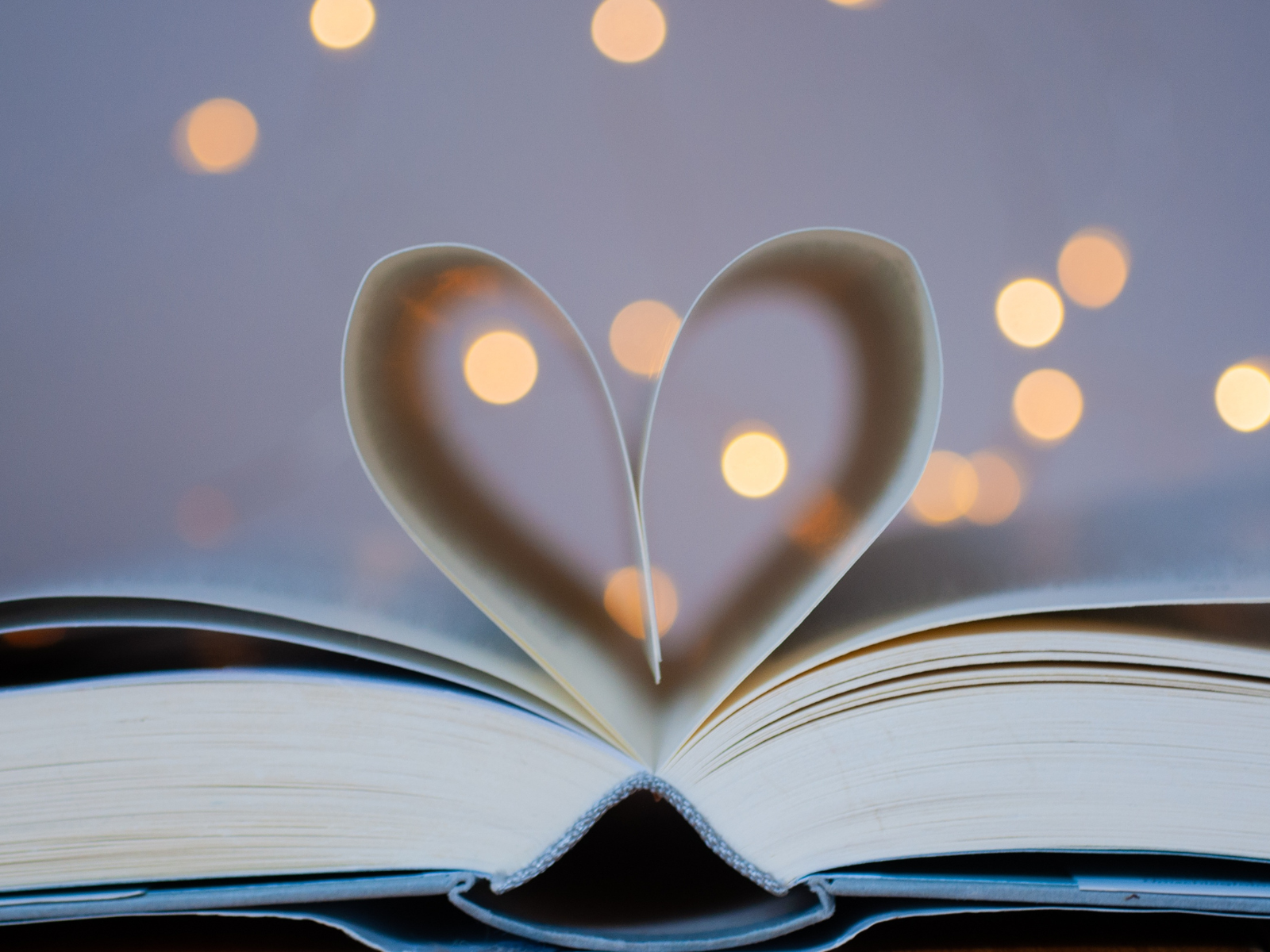
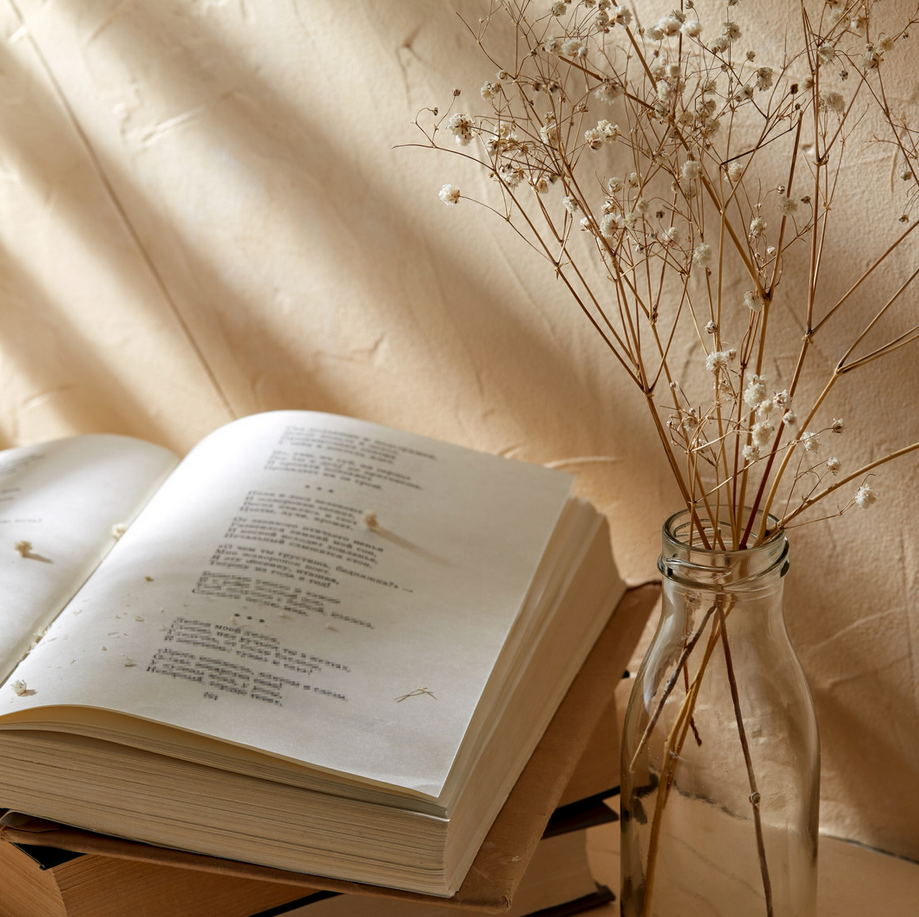
Eager to dive into the realm of poetry? Check out Writing with Andrew's video!
Want even more content about creativity and art?
Be sure to check out all of our creative chronicles!
Love writing and poetry? Considering creating your own written masterpieces?
Check out some of our other articles and poems:
-What should poetry look like?
-How to tell if something is poetry?

